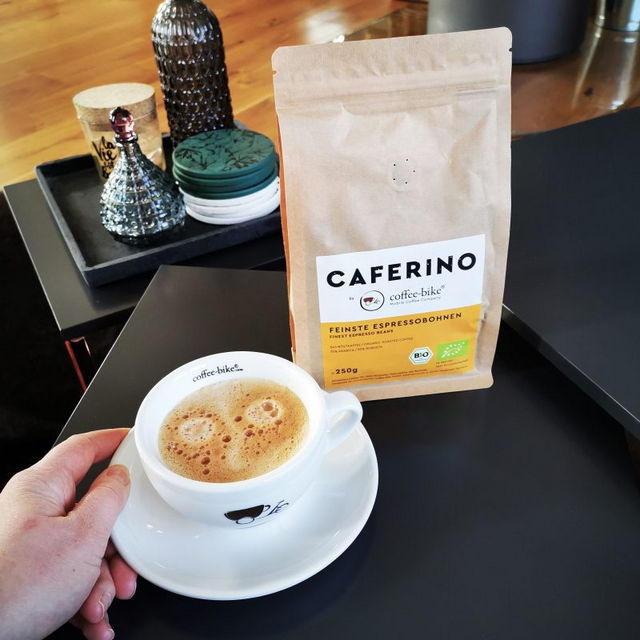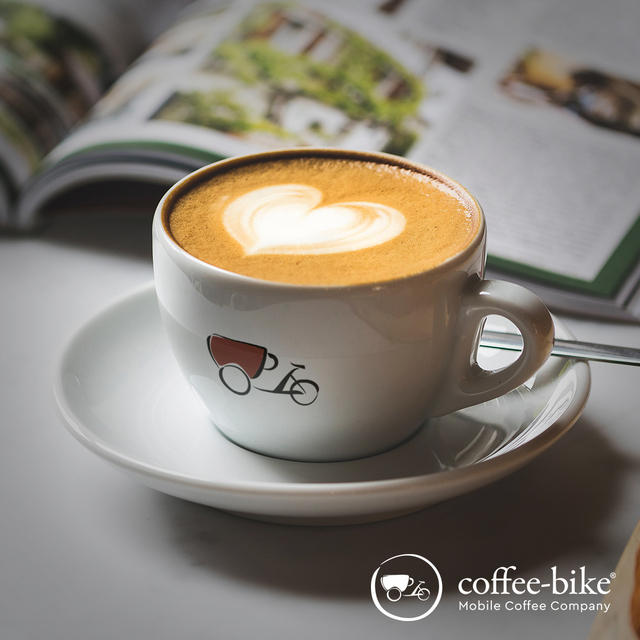(Kopie 2)
Coffee - everyone knows it, everyone loves it. Well, almost everyone. But if we are honest, we don't want to have anything to do with coffee enemies, do we? They simply don't appreciate our favourite drink. But we do. That's why we've taken a closer look at the very long process of how coffee comes into being and summarised it for you exclusively in five steps.
The coffee plant
There are an incredible number of different coffee plants, but the Arabica and Robusta varieties are the best known. A coffee tree has white, sweet-smelling flowers and its fruits, the coffee cherries, are round and dark red. Inside each of these cherries are two light-coloured seeds - the later coffee beans. These seeds are separated from the skin and the pulp, cleaned and dried. Only then do they begin their long journey around the world to be processed in roasting plants.
Growing regions
Since the coffee plant needs a humid climate and average temperatures of around 20 degrees Celsius to ripen optimally, it can only be grown in the so-called "coffee belt". This includes Central and South America, large regions of Africa and parts of Asia. In terms of taste, these individual growing regions differ considerably. For example, Latin American coffee contains light cocoa and nutty notes, while beans from Africa can taste berry-like and fruity. These peculiarities make it possible to conjure up countless blends that will delight coffee lovers time and time again.
Harvesting and processing
Die Früchte der Kaffeepflanze werden immer noch einzeln per Hand gepflückt und in großen Säcken gesammelt. Danach werden die Samen von der Schale und vom Fruchtfleisch getrennt, gesäubert und getrocknet, sodass sie nur noch etwa 11-12% Wasser enthalten. At the end of this procedure, the beans are sorted by size, weight and colour and transported to the consumer countries where they are finally roasted.
Roasting
A very decisive step in the processing of the beans is the roasting, as this influences the later taste of our favourite beverage. Here, the aroma, body, acidity and colour are of particular importance and give us information about the quality of the beans. Furthermore, a distinction is made between four types of roasting: light, medium, strong and double roasting. The stronger the beans are roasted, the stronger the coffee will be later. That makes sense, doesn't it?
Grinding
Last but not least - the beans still have to be ground, of course. There are also a few things to bear in mind here. The finer the ground coffee, the slower the hot water flows through during preparation and the stronger and more intense the coffee.
Caution: If the grind is too fine, the coffee can have a slightly burnt taste.
That was interesting but a lot of information at once. If you now need a coffee break to relax - you can also find delicious beans in our shop.
![[Translate to UK:] Cappuccino in a Cpffee-Bike cup, Caferino bean package and beans](/fileadmin/_processed_/8/a/csm_20190812_blog_way_coffee_GER_ca6f4f861e.png)

![[Translate to UK:] Coffee powder on a spoon, behind it Coffee-Bike cup and blue towel](/fileadmin/_processed_/d/4/csm_20230516_blog_Kaffeesatz_GER_3f051eb6d0.jpg)
